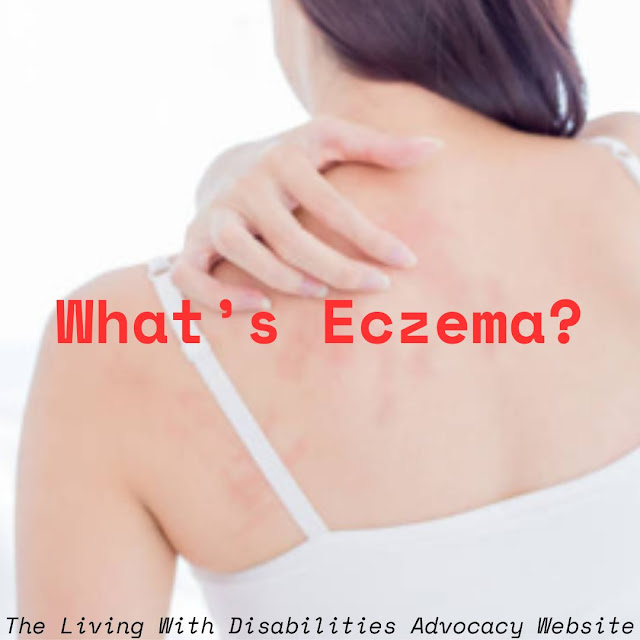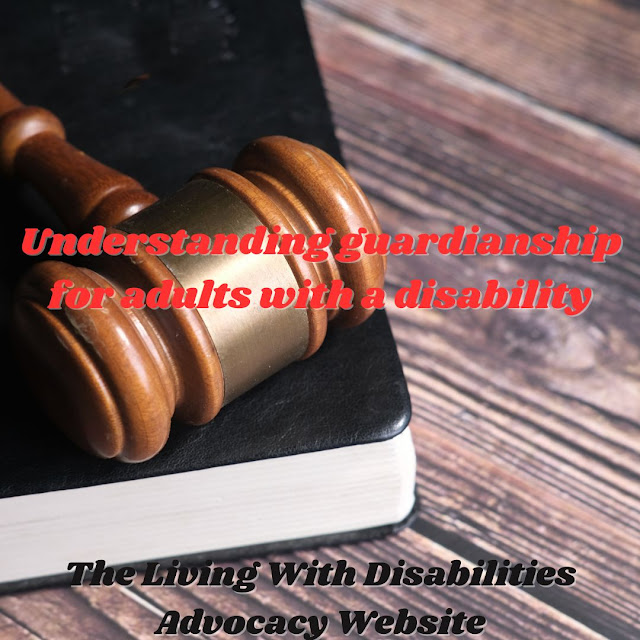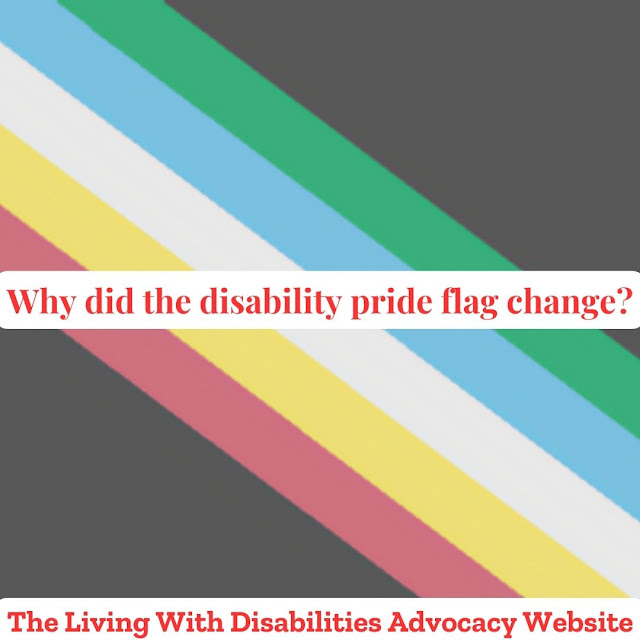What's Eczema?
If you're a new visitor to this advocacy website, this page aims to increase public understanding of those with disabilities and other conditions.
We suggest you seek a licensed professional counselor or healthcare provider for anything you read on this site.
This week, Living With Disabilities will talk about What's Eczema, and who is more prone to getting it.
If you have this skin condition, you are already aware of it and may even be familiar with its many manifestations. Eczema comes in nine different forms. However, Living With Disabilities only covers the most common ones.Eczema comes in eight different varieties, and each type's symptoms might vary. include rash and skin tone.
Let's go over the eight types.
1. Atopic Dermatitis
Symptoms: The rash often forms in the creases of the elbow or behind the knees. The skin around the rash may turn darker, lighter, or thicker.
Small bumps filled with fluid can leak if scratched.
Babies can even develop it on their scalp and cheeks.
Scratching the area can cause the rash to become infected.
Causes of Atopic Dermatitis
Genetics: someone in your family could have it. And that gene has been passed down. (Not to get confused, it's not like chickenpox.) So, a person can sit next to a person who has it.
Dry skin.
Immune system problems.
and environmental triggers.
2. Contact dermatitis
Cause: When you touch or ingest anything, it occurs. such as bleach, detergent jewelry, latex, nickel, paint, poisonous plants, and skin care items like cosmetics. cigarette smoke. soap and perfume, too.
3. Dyshidrotic eczema
exposure to compounds nickel through allergies, wet hands, and feet. smoking products and stress
4. Seborrheic dermatitis
produces patches of skin that are scaly, and oily, and generates flakes that resemble dandruff. The hairline, head, upper back, nose, and groin are included in this. Cradle cap in infants is the name given to this kind of dermatitis, which does not recur. It turns into a persistent problem for both teenagers and adults.
An inflammatory response in the skin is brought on by a combination of genetics and environment, such as stress or illness.
Triggers:
hormonal changes
illness
harsh detergents or chemicals
cold, dry weather
certain medical conditions, like Parkinson’s disease, psoriasis, HIV, and acne.
medicines.
5. Neurodermatitis
Similar to eczema, atopic dermatitis results in thick, scaly areas of skin. An inflammatory response in the skin is brought on by a combination of genetics and environment, such as stress or illness.
Symptoms:
On the skin, there is a coin form. The area could itch or start to scald.
7. Stasis dermatitis
brown, purple, gray, or ashen color in darker skin tones
itching
pain.
Symptoms:
The lower part of your legs may swell, especially during the day when you’ve been walking.
Your legs may ache or feel heavy.
You’ll likely also have varicose veins, which are thick, ropey, damaged veins in your legs. The skin over those varicose veins will be dry and itchy. You may develop open sores on your lower legs and on the tops of your feet.
Symptoms:
Red, itchy, and dry hands develop. They may develop cracks or blisters.
chemical exposure to the hands.
The host, Katrina Smith, can share her experiences with you because she has lived with this skin condition and understands how it feels. She first noticed breakouts when she was fourteen years old and they started in the crease of her elbows and behind her knees. As she grew older, it began to affect other areas of her body.
Living With Disabilities Presents: The Advocacy Table
a space created for people with disabilities to be able to have freedom of speech and talk on different topics surrounding the disability community. To get more details, check out The Advocacy Table. To become a panelist, Write into the show and let the host know what topic you want to talk about. She will then send out a group email to all panelists after the show has reached five or ten people. After the show, a survey will be emailed to you, and we would love to get your feedback.
If you need online support, Disability Safe Haven is great for receiving support. The We Care Team is very protective of its members and asks everyone who joins, to have a profile picture and answer the security questions.
Another online support, Living With Cerebral Palsy, is great for people with cerebral palsy and for family and friends who want to learn more about different types of cerebral palsy and how to support their loved ones who have it. This group has open and closing hours and a 24/7 chatroom. Open and closing hours are based on United States time zones.
Reference Link
https://www.healthline.com/health/types-of-eczema#stasis-dermatitis
Podcast Link
https://podcasters.spotify.com/pod/show/livingwithdisabilites/episodes/Whats-Eczema-e2afbog




Comments
Post a Comment